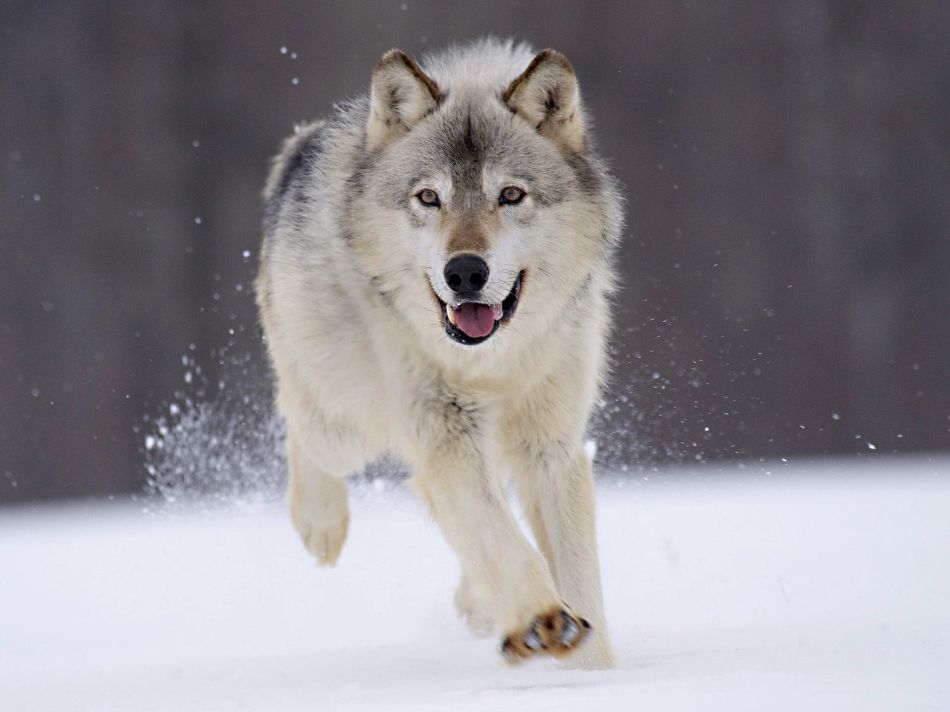Olfactory receptor gene family is the largest gene family in mammalian genomes, this gene family is under strong selection in large scales, however, how about the gene family in the microscale, are they under selections or random drift?
Zhang Yaping's lab at Kunming Institute of Zoology (KIZ), working on the dog, studied the olfactory receptor gene family in the dog. As a firstly domesticated animal in the human history, the dog has experienced two very important period, domestication and breed formation. Such a unique population history made it a good model to study selection and random drift, especially difference in artificial selection and natural selection. Zhang's lab studied the segregating olfactory receptor pseudogenes in dogs and wolf, expected to find any clues for these scientific issues.
At first, the investigators found that the segregating olfactory receptor pseudogenes are under strong purifying selections in breed dogs, however, the genes are neutral in wolf and Chinese village dogs. This result is a little strange, because the ecological niche has changed greatly after domestication and the olfactory receptor gene family is under strong selection, the segregating pseudogenes are important genes in the birth-and-death process for olfactory receptor gene family. The investigator noticed that the nonsynonymous mutations include non-deleterious mutations and deleterious mutations, although we need not distinguish them in phylogenetic analysis, it is necessary to distinguish them in population genetic. When the two typical polymorphisms are divided, the investigators found that the genes in wolf are accumulating non-deleterious (tolerated) mutations and wiping deleterious (untolerated) mutations, however, the genes are under neutral state in Chinese village dogs and both types are wiped in breed dogs. In the polymorphisms distribution analysis and neutral test, the conclusion was further confirmed, the selection in wolf and ancestral population are under fine control, the genes are neutral under Chinese village dogs, then, the genes are under artificial purifying selections in breed dogs, and it is surprisingly found that the difference between artificial selections and natural selection. In fact, natural selection is much more powerful than artificial selection.
Previous studies focused on olfactory receptor has made a great progress in phylogenetic analysis, it often got confused in population studies, in such a microscale, it is hard to obtain progress under existing method. Zhang's lab developed methods in population genetics, and they detected selection differences in closely related animals, dogs and wolf, they even made a glance in the artificial selections, discovered the differences between artificial selection and natural selection, which supplied important reference for animal breeding.
Read the full article published in the Society for Molecular Biology and Evolution. Link:
http://mbe.oxfordjournals.org/content/early/2012/06/07/molbev.mss153.abstract






